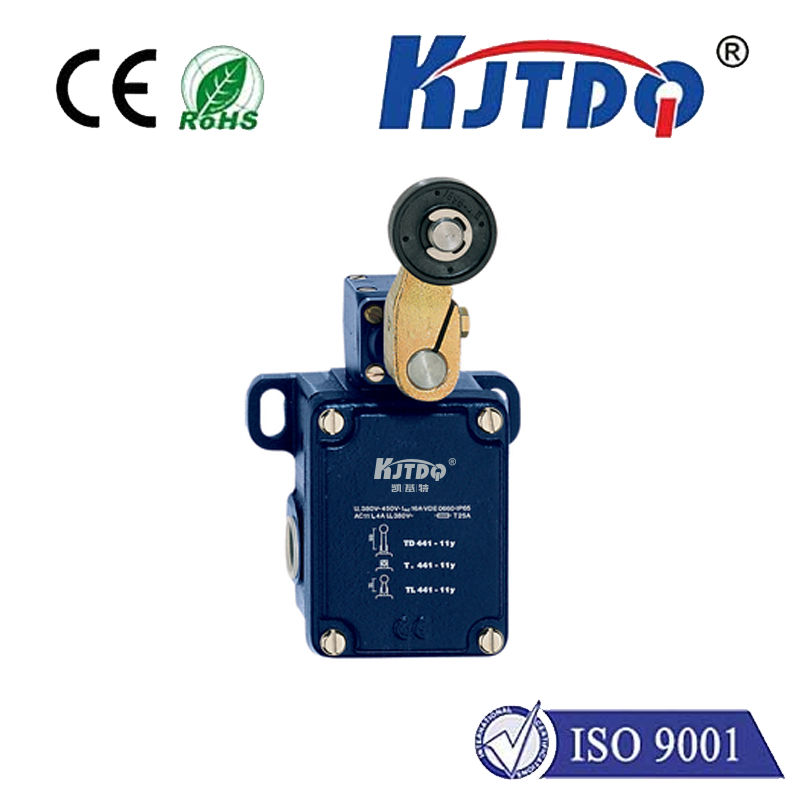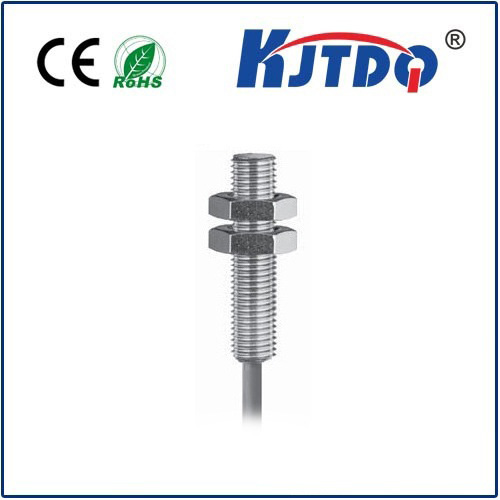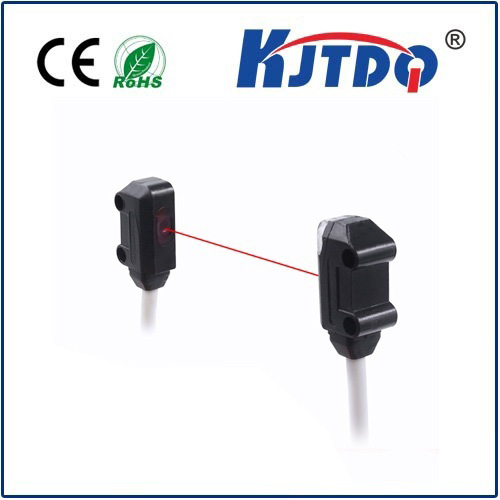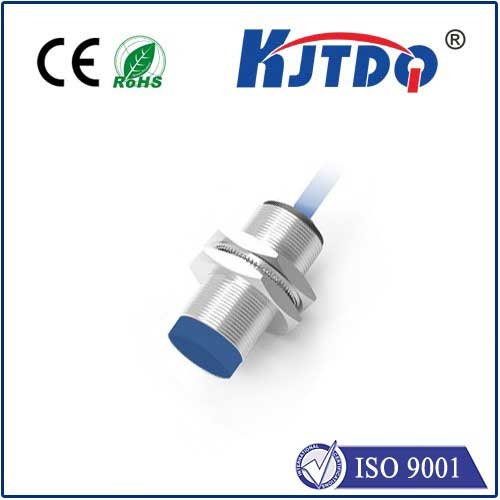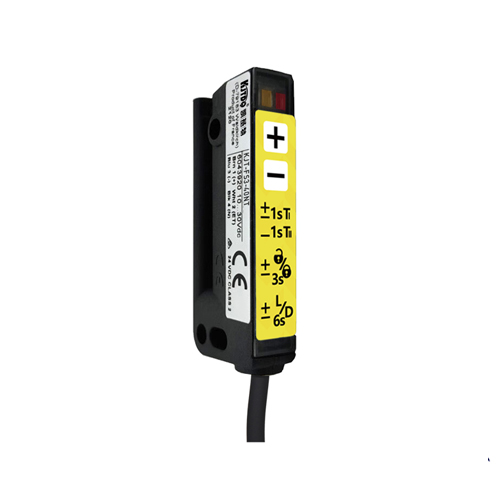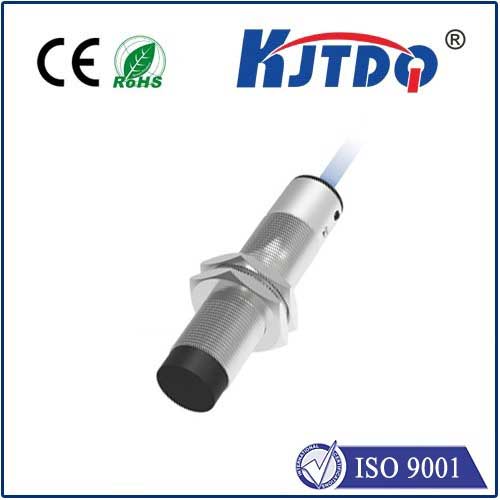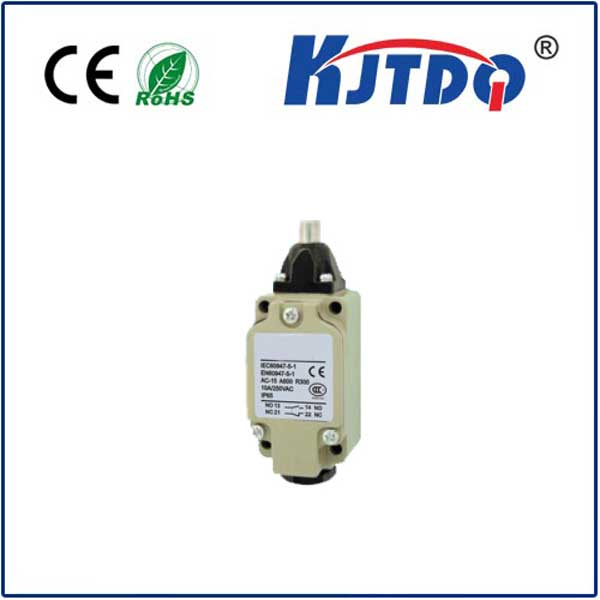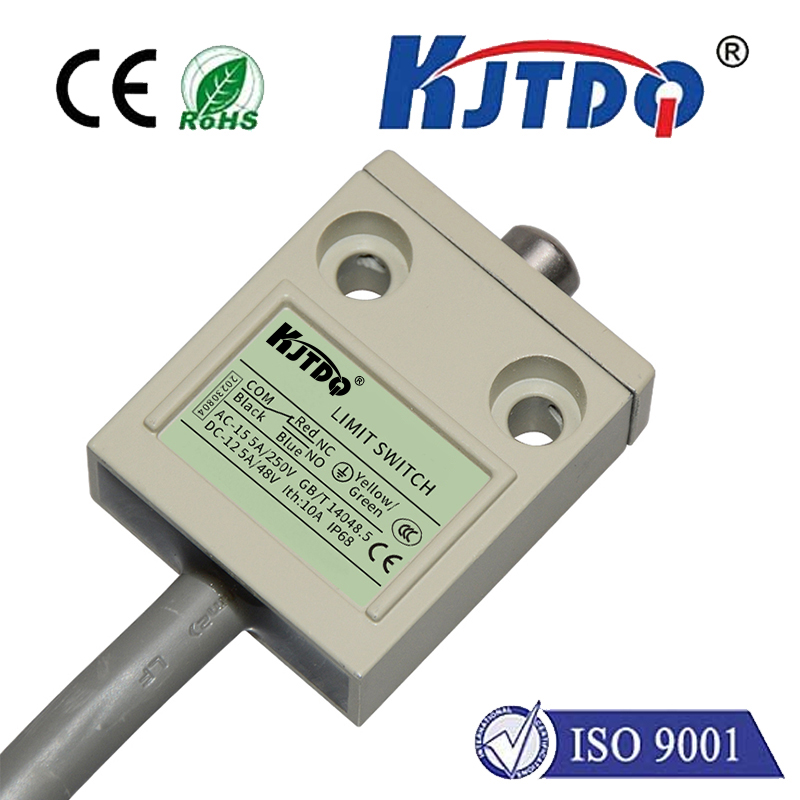lj12a3 4 proximity sensor
- time:2025-06-26 01:52:27
- Click:0
LJ12A3-4 Proximity Sensor: Your Essential Guide to Reliable Non-Contact Detection
In the intricate world of industrial automation, machinery control, and safety systems, the unsung heroes often reside in the small, rugged packages mounted strategically on equipment. Among these, the inductive proximity sensor, particularly specific models like the LJ12A3-4, plays a pivotal role in ensuring seamless operation, precision positioning, and enhanced safety. If you’re researching automation components, troubleshooting a production line, or simply seeking reliable non-contact detection, understanding the LJ12A3-4 is key. This guide delves into its workings, specifications, and why it’s a popular choice across countless applications.
What Exactly is an LJ12A3-4 Proximity Sensor?
The designation “LJ12A3-4” isn’t just a random string of characters; it’s a specific model identifier, commonly associated with inductive proximity sensors. Let’s break it down:
- “LJ”: Typically indicates a standard cylindrical sensing head style.
- “12”: Refers to the sensor’s body diameter, in this case, 12mm. This compact size allows for installation in tight spaces.
- “A”: Often denotes a specific series or design iteration from the manufacturer (common in brands resembling Omron’s naming conventions).
- “3”: Usually signifies the sensor’s output configuration. A “3” frequently (though always check the datasheet!) indicates an NPN Normally Open (NO) transistor output. (Sometimes “4” is used for PNP, so confirmation is vital).
- “4”: Crucially, this represents the sensor’s rated sensing distance. For the LJ12A3-4, this is typically 4mm. This is the nominal distance at which the sensor can reliably detect its target material under standardized conditions.
In essence, the LJ12A3-4 is a 12mm diameter, cylindrical, inductive proximity sensor with a 4mm sensing range and commonly featuring an NPN NO output.
The Non-Contact Magic: How Inductive Proximity Sensors Work

Unlike mechanical switches that require physical contact, proximity sensors like the LJ12A3-4 detect the presence or absence of an object without touching it. They do this through electromagnetic principles:
- Generating the Field: The sensor contains an oscillator circuit that generates a high-frequency electromagnetic field radiating from its active face.
- Target Interaction: When a metallic target (typically ferrous metals like iron or steel are most effective, though non-ferrous metals like aluminum or brass can be detected at reduced ranges) enters this field, eddy currents are induced within the target.
- Damping Effect: These eddy currents draw energy from the sensor’s oscillator circuit, causing a detectable damping or reduction in the oscillation amplitude.
- Signal Output Change: The sensor’s internal circuitry monitors this oscillation level. When damping exceeds a set threshold (indicating the target is within the 4mm sensing range), the sensor triggers its output switch. For the LJ12A3-4, the NPN output transistor switches “ON” (connecting the output wire to negative/ground) when a valid target is detected (in the NO configuration).
This principle makes inductive sensors incredibly reliable, wear-free (no moving parts), and suitable for demanding industrial environments involving dust, oil, or vibrations where mechanical switches would fail.
Key Specifications and Advantages of the LJ12A3-4
Understanding its core specs highlights why this sensor is widely deployed:
- Sensing Distance: 4mm (Nominal) - The standard detection range. Actual range can be affected by target material, size, shape, and environmental factors.
- Operating Voltage: Commonly 10-30V DC, making it compatible with standard industrial control voltages like 12V DC or 24V DC.
- Output Type: Predominantly NPN Normally Open (NO). Crucially, always verify the exact model suffix (e.g., LJ12A3-4-Z/BX vs LJ12A3-4-Z/AX) as PNP variants exist.
- Housing Material: Typically features a stainless steel sensing head and nickel-plated brass body, offering excellent resistance to corrosion, impacts, and common industrial chemicals.
- IP Rating: Often rated IP67 or higher, meaning it’s dust-tight and can withstand temporary immersion in water (up to 1m for 30 minutes). This is crucial for washdown environments or areas prone to splashing.
- Switching Frequency: Generally around 1kHz, meaning it can reliably detect objects moving past it up to 1000 times per second – ideal for high-speed counting or positioning tasks.
- Connection: Typically utilizes a standard 2-meter PVC cable or sometimes offers an M12 quick-disconnect connector option for easier installation and maintenance.
Advantages Summarized:
- Robust & Durable: Built for harsh industrial settings.
- Non-Contact Sensing: Eliminates wear and tear, provides long service life.
- High Reliability: Consistent performance unaffected by surface conditions (dirt, oil) as long as the target is metallic.
- Fast Response: Suitable for high-speed applications.
- Simple Installation: Easy to mount and integrate into control systems.
- Cost-Effective: Provides excellent value for the performance offered.
Where is the LJ12A3-4 Proximity Sensor Used? Applications Galore
The versatility of this sensor makes it a staple in numerous sectors:
- Machine Automation: Position detection of machine parts, end-of-travel limits for cylinders, detecting presence/absence of parts on conveyors, tool changer positioning in CNC machines, checking spindle orientation.
- Material Handling: Monitoring fill levels in bins (metallic objects), detecting the presence of pallets, roller conveyor control, sorting systems.
- Packaging Machinery: Verifying cap placement on bottles (metal caps), counting products on lines, controlling film wrapping operations.
- Automotive Manufacturing: Detecting components on assembly lines, robotic arm positioning, weld gun timing, confirming door or hood closure on fixtures.
- Food & Beverage (Cautiously): Can be used in zones where contact isn’t possible, but requires specific housings (like stainless steel) and careful cleaning protocols; often not suitable for direct food contact zones.
- Security Systems: Door position monitoring (metal frames/bolts), tamper detection on enclosures.
- General Industrial Control: Any application requiring reliable detection of metallic objects within a 4mm range.
Installation Best Practices and Considerations
To get the most out of your LJ12A3-4 sensor:
- Mounting: Ensure secure mounting using the integral threads or mounting brackets. Avoid excessive vibration if possible.
- Sensing Face Clearance: Maintain adequate clearance around the active sensing face. Nearby metal (mounting brackets, machine frames) can reduce the effective sensing range – consult datasheets for flush vs. non-flush mounting requirements.
- Target Material: Ferrous metals provide the full 4mm sensing distance. Non-ferrous metals (aluminum, brass, copper) significantly reduce the range – often down to 1.5-2.5mm. Factor this in during design.
- Target Size: The target must be at least equivalent to the sensor’s face diameter to achieve the rated range. Smaller targets reduce sensing distance.
- Wiring: Connect the NPN output correctly to your PLC, controller, or relay. Pay close attention to the sensor’s cable coloring (Brown = +V, Blue












